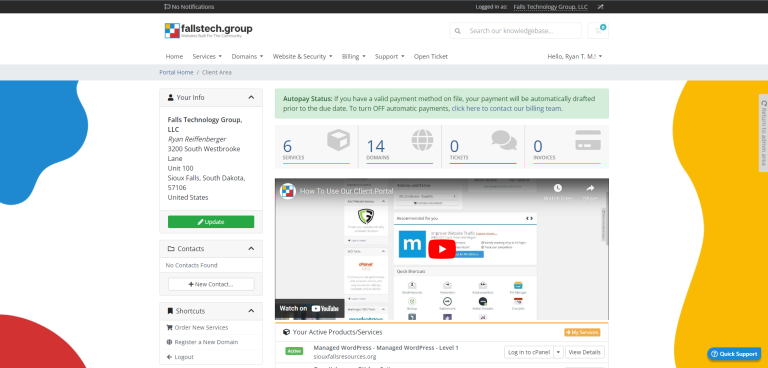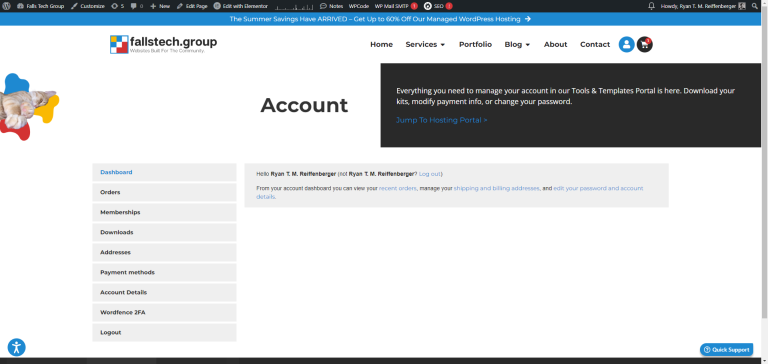DNS plays an important role in how email flows with each domain. There are several record types that control how records flow from your email inbox into where you’re sending to. To understand these records and what they mean, we have to dive into each individually to understand what role they plan and how they interact with one another.
MX Records
The first and foremost important record for email is the MX Record. This record controls where email is delivered and in what priority it will be delivered to the specified servers. MX Records typically consist of a domain name, a TTL Time, a destination, and a priority.
Example:
MX fallstech.group 300 5 alt2.aspmx.l.google.com
SPF Records
We’ve talked more about SPF Records here, but in short – SPF Records (Sender Policy Framework records) control how your domain authorizes what IP Addresses, Domain Names, and Servers have permission to send email on your behalf. These records are especially important when using email systems like Microsoft Office or Google Workspace to ensure that your email can be delivered by these entities.
Example:
TXT fallstech.group 300 v=spf1 include:_spf.google.com include:mailgun.org ~all
DMARC Records
(Per MXToolbox) DMARC, which stands for Domain-based Message Authentication, Reporting, and Conformance, is a DNS TXT Record that can be published for a domain to control what happens if a message fails authentication (i.e. the recipient server can’t verify that the message’s sender is who they say they are).
A published DMARC record basically serves two purposes:
Increase WordPress Performance For FREE With These Tips!
Sign up for our FREE email series and improve your website load speeds!
- Tell the recipient server to either: Quarantine the message or Reject the message or Allow the message to continue delivery
- Sends reports to an email address or addresses with data about all the messages seen from the domain
DKIM Records
(Per Cloudflare) DomainKeys Identified Mail (DKIM) is a method of email authentication that helps prevent spammers and other malicious parties from impersonating a legitimate domain.
All email addresses have a domain — the part of the address after the “@” symbol. Spammers and attackers may try to impersonate a domain when sending emails to carry out phishing attacks or other scams.
PTR Records
(Per Cloudflare) The Domain Name System, or DNS, correlates domain names with IP addresses. A DNS pointer record (PTR for short) provides the domain name associated with an IP address. A DNS PTR record is exactly the opposite of the ‘A’ record, which provides the IP address associated with a domain name.
DNS PTR records are used in reverse DNS lookups. When a user attempts to reach a domain name in their browser, a DNS lookup occurs, matching the domain name to the IP address. A reverse DNS lookup is the opposite of this process: it is a query that starts with the IP address and looks up the domain name.


